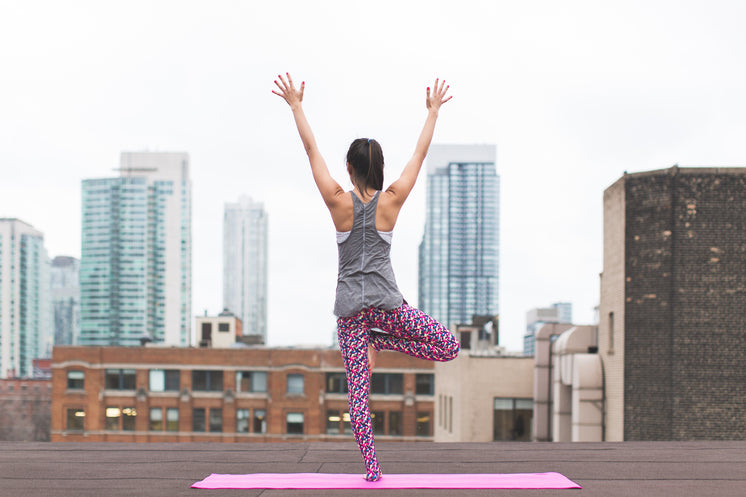
Balance and stability are an integral part of almost every sport or activity. A concept I use to describe stability is ‘motor control,’ which might better define the subtle adjustments we make with the stabilizer muscle groups while the larger muscle groups propel us forward, turn us, or slow us down. That stability can easily be analyzed or even trained in a balance situation. One of the mistakes we make in training is to go right into training single-leg stance. Single-leg stance is a great test for balance; you see it in the Functional Movement Screen with a hurdle step, and you see it in the SFMA with a single-leg stance test. Audio clip: Adobe Flash Player (version 9 or above) is required to play this audio clip. Download the latest version here. You also need to have JavaScript enabled in your browser. We have many variations, and we always compare the left and the right sides.
We look at single-leg stance with eyes open and eyes closed. There are different ways to break down single-leg stance, but when it comes time to train, it’s sometimes better to give the brain a little more meaning. In the Exploring Functional Movement video, we found all kinds of opportunities to get on a beam or a pole or to balance on a line. That’s where the title Walk the Line comes from. Instead of putting clients in a doorway to challenge single-leg stance, a beam provides purpose—single-leg stance, one side, the other side, and then walk the beam. When we do things to juice balance, people can walk up and down a beam, and can practice that. In our physical therapy clinic, we work with different levels of balance. We have a piece of Trex board, which is synthetic decking we ripped down to a four-inch ‘beam,’ although some people feel more comfortable starting with a six-inch width.
Beam walking is something we superset in fitness, say after a hard set that makes you tired. You’re going to need a rest break before the next set of walking lunges, front squats or kettlebell swings. Why not walk a beam while you’re recovering, It’s sensory motor engagement. It’s not high demand, but it does require a stabilizer reset, and doing that may actually make the next set of lunges, squats or swings tighten up a little. Walking that beam barefoot or in minimalist footwear, whether the ‘beam’ is elevated off the ground or flat on the ground, is a self-limiting activity because it provides quick feedback. But I don’t like to see intense concentration. I don’t like to see you looking at your feet; I don’t want to see you flailing your hands. At the recent CK-FMS, I coached people through a little gauntlet of balance beams. We use it in the rehab setting at the clinic, all the way to a fitness setting like CK-FMS, and it doesn’t have to be an exercise of itself.

0 Response to " Simone Biles Waiting To Hear From USOC About Sexual Abuse "
Post a Comment